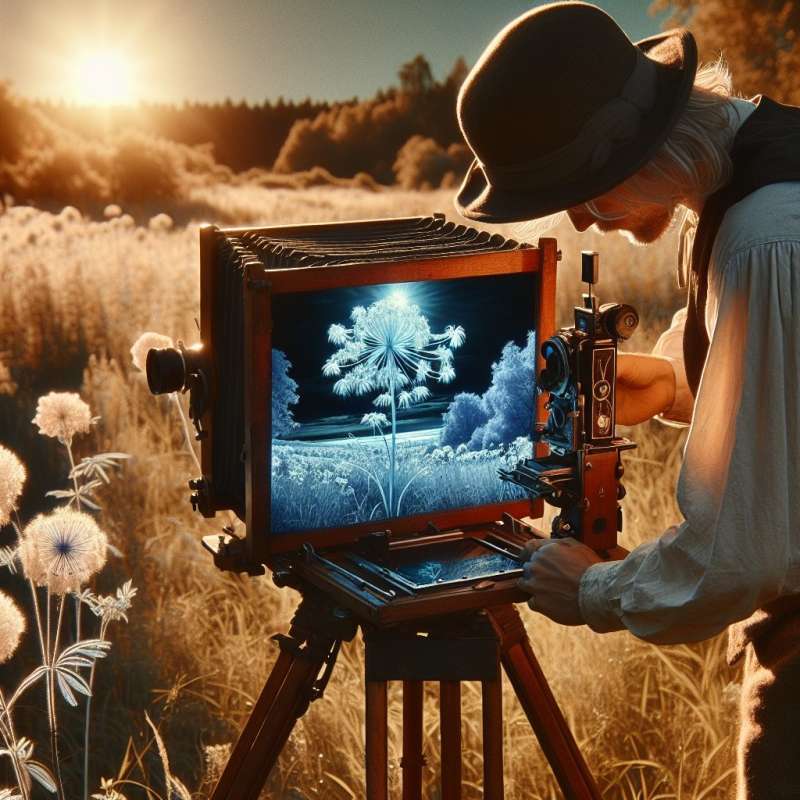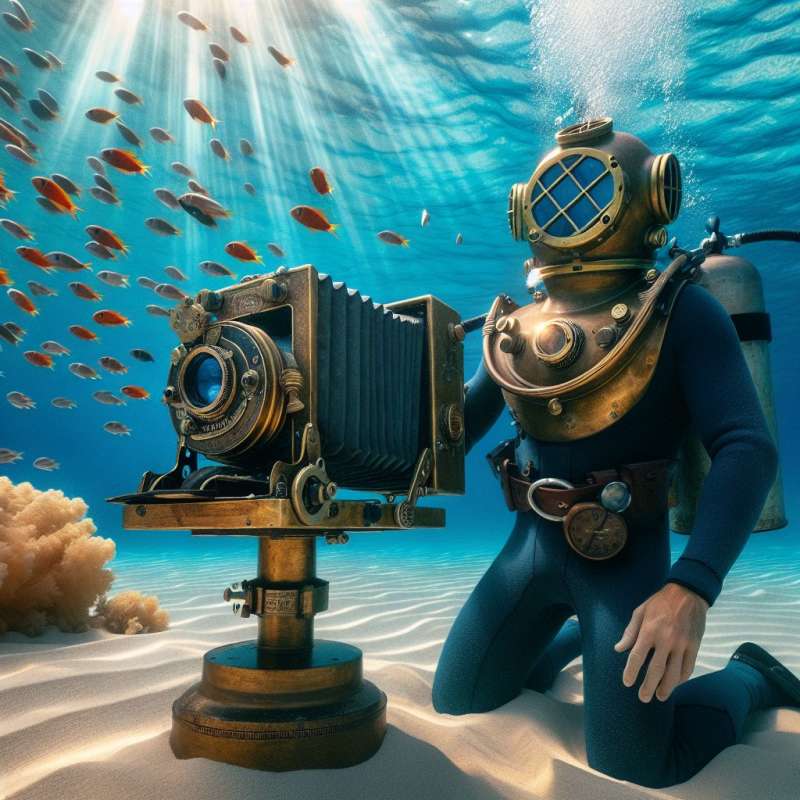
Photography's Surprising Origins
While the first photograph is attributed to Joseph Nicéphore Niépce in 1826, the concept of camera obscura, which led to photography, dates back to ancient China and Greece.
Invisible Light Captures
Early photographers were not just limited to visible light. They experimented with ultraviolet and infrared photography, revealing worlds unseen by the naked eye.
Color Photography Evolution
The first color photograph was taken in 1861 by James Clerk Maxwell. Before this, images were hand-tinted, lacking the authenticity of true color representation.
Photography Alters Time
Eadweard Muybridge’s 1878 sequence of a galloping horse created high-speed photography, debunking the myth that all four hooves were airborne simultaneously during a gallop.
Space Cameras and Film
NASA needed special cameras for space. The Hasselblad 500EL was modified for the Apollo missions, and film was shielded against cosmic radiation.
Digital Photography Revolution
The first true digital camera was created in 1975 by an engineer named Steven Sasson at Eastman Kodak. It weighed 8 pounds (3.6 kg) and had a 0.01 MP resolution.
Underwater Imaging Pioneers
The first successful underwater photographs were taken in the late 1850s using watertight housings, but Louis Boutan engineered the first underwater camera in 1893.Photos on the Moon
The iconic moon landing photos were taken with special Hasselblad cameras left on the moon to reduce weight on the return trip.
Who took the first photograph?
James Clerk Maxwell
Joseph Nicéphore Niépce
Louis Boutan
Company